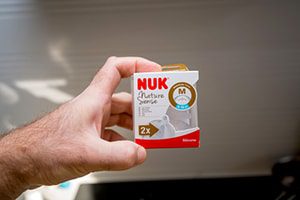
Nuk Baby Bottle Lead Poising Lawsuit Lawyers
According to the nypost.com, the United States Consumer Product Safety Commission (CPSC) has announce the recall of Nuk baby bottles sold on Amazon.com. The baby bottles are being recalled due to [...]
